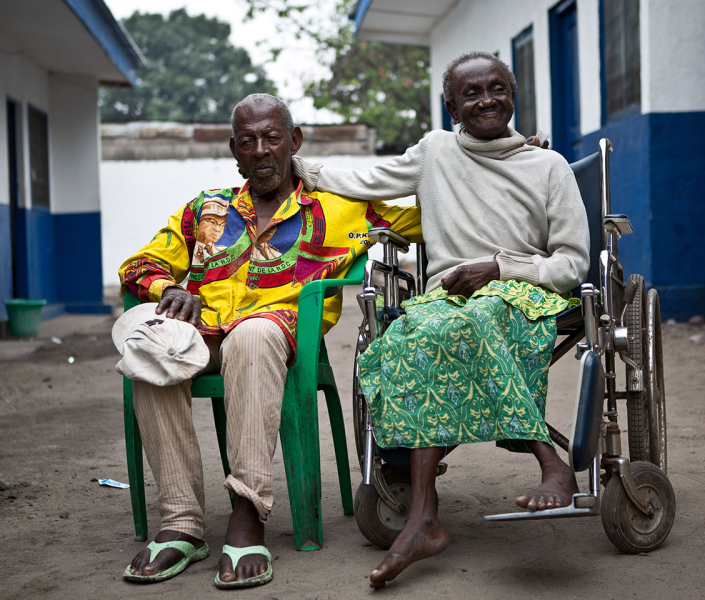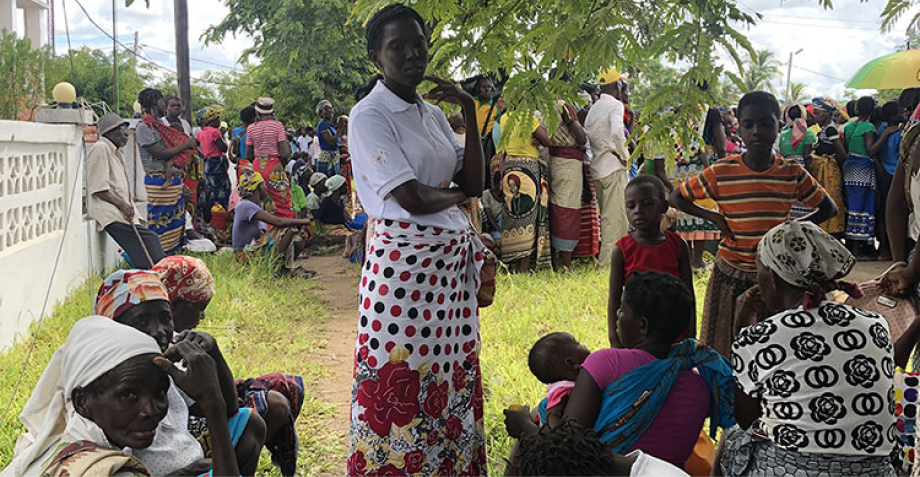Progress report African region 21 - 2.11. Health service

Experience from past epidemics shows that disruptions in health care systems result in a significant number of indirect deaths. For example, during the 2014–2016 Ebola epidemic in West Africa, more deaths were attributed to disruptions in malaria, tuberculosis (TB), HIV, maternal and child health (MCH) services than from Ebola infection. Significant disruptions in health care services have also been observed and predicted in the current pandemic. To better understand the extent of disruptions to essential health services caused by the COVID-19 pandemic, in early 2021, WHO launched the second round of the National pulse survey on continuity of essential health services during the COVID-19 pandemic. The findings showed that health services remained interrupted in 37 countries, even when virus infection numbers were waning. The survey also provided critical insight from country key informants into the extent of the impact of the COVID-19 pandemic on essential health services across the life course, the reasons for those disruptions, and how countries continuously adapt strategies and approaches to maintain service delivery.
Based on various levels of implementation of non-pharmaceutical intervention measures, Africa’s early response to the COVID-19 pandemic saved lives. However, the measures restricting social contact and movement of people – several of which had been interrupted at the time of writing this report –, as well as the fear of visiting health care facilities, greatly affected health care services for non-COVID-19 conditions. In addition to reallocation of resources such as health care personnel and diagnostic equipment to effectively combat the pandemic, shortage of medical supplies arising from disruption in supply chains further compounded the impact of COVID-19 on the treatment of other health conditions. As Africa settled into the reality of a protracted COVID-19 situation, several outbreaks of other diseases such as EVD, typhoid, cholera, and pneumonic plague also occurred.
The most serious impediment to any plausible solution to tackle the crisis is the key issue of the chronic shortage of qualified personnel. Across the continent, at any given time, hospitals are short of qualified staff by at least 60%. In many countries, health practitioners live a constant cycle of playing catch-up. COVID-19 has thrown into stark relief the challenges of achieving health security on the continent and reliance on alternative and home-based care as a solution to overcome service disruptions. However, at the end of the reporting period, disruptions persist, even if countries have largely reopened their economies.
“Sweden remains committed to supporting the UN system and WHO to address this pandemic through a well-coordinated, innovative and effective COVID-19 response in the African Region. In particular, to mitigate the impact on essential health services, including sexual and reproductive health services. Through guidance and the promotion of cross-country exchange on self-care SRHR guidelines for example, WHO is showing new ways to build more resilient health systems.”
Both case management and critical care capacities received enhanced attention during the reporting period. WHO-AFR has followed an ongoing concerted strategy to preposition oxygen supplies and build case management and critical care capacities in COVID-19 treatment. Moreover, in a study completed in July and conducted with partners, the African COVID-19 Critical Care Outcomes Study (ACCCOS), examined countries undergoing resurgence; the findings will partially guide the continued response.
Viral factors also cause confusion in how to treat patients. This is the case with the high transmission incidence of the Delta variant, while a few countries have begun to report the incidence of additional – Alpha and Beta – variants.
Besides infrastructural and other issues of a genomic nature, case management is profoundly associated with patient behaviour. In many cases, patients reach health facilities at a point where treatment becomes more difficult. Albeit a routine practice in many African settings, where patients prefer to consult traditional medicine providers, or simply are unable to reach a health facility due to difficulties finding or paying for transport, in the case of COVID-19, denial, fear, and misconceptions surrounding the virus have been specifically mentioned. In some countries, the high prevalence of comorbidities such as diabetes and hypertension has also been a reason for relatively high death rates. Finally, low vaccine uptake has been mentioned as a strong contributing factor to the continued incidence of severe cases of the virus.
older people in the African Region
With the burden of COVID-19 severity lying squarely on vulnerable communities, in a study on ageing populations in Africa finalized in May, conducted by WHO-AFR, rapidly ageing populations, and the associated incidence of noncommunicable diseases (NCDs) demonstrably left many countries ill-prepared to respond directly to older people’s needs during the pandemic. Not only were health systems in most countries unprepared for COVID-19, but the lack of critical care resources has impacted older people, who are most likely to require such care. High among older people in the Region, case fatality rates and excess mortality rates have been difficult to assess, given low testing rates and poor-quality data. In this regard, COVID-19’s impact on older people has likely been underestimated.
On the economic front, COVID-19 has also brought several far-reaching issues to the fore. Already vulnerable to poverty, in 22% of countries in the WHO African Region, older people actively participate in the informal labour market. However, the inability of working older adults to earn an income during lockdowns, and the need to continue physical distancing, increased poverty rates and food insecurity. Without access to social protection, dependence on younger people for financial security also increased, a particular challenge given disruptions in both remittances and younger household earner incomes during the pandemic.
Cultural habits surrounding interaction with elders or grandparents, and even decision-making routinely attributed to older people suffered a dramatic change. As services and forms of social interaction have increasingly gone online, older people – many with limited access to technology – were left isolated and challenged in terms of accessing resources, services, and human contact, an essential ingredient in a healthy ageing process. Indeed, societal ageism and abuse of older people has increased in the Region over the period of the COVID-19 pandemic, with longer term implications for how older people are perceived and included in economic and social life, and efforts to “build back better” after COVID-19. Countries where existing networks of older persons’ organizations, or other community-based networks were strong, were better able to reach older people in terms of targeted and appropriate messaging and provision. Older people were also prioritized during vaccination roll-outs, when they occurred. But vaccination programmes in the Region have lagged behind other regions due to budgetary and logistical challenges, and a large proportion of older people remain unvaccinated.

WHO / Dalia Lourenco




